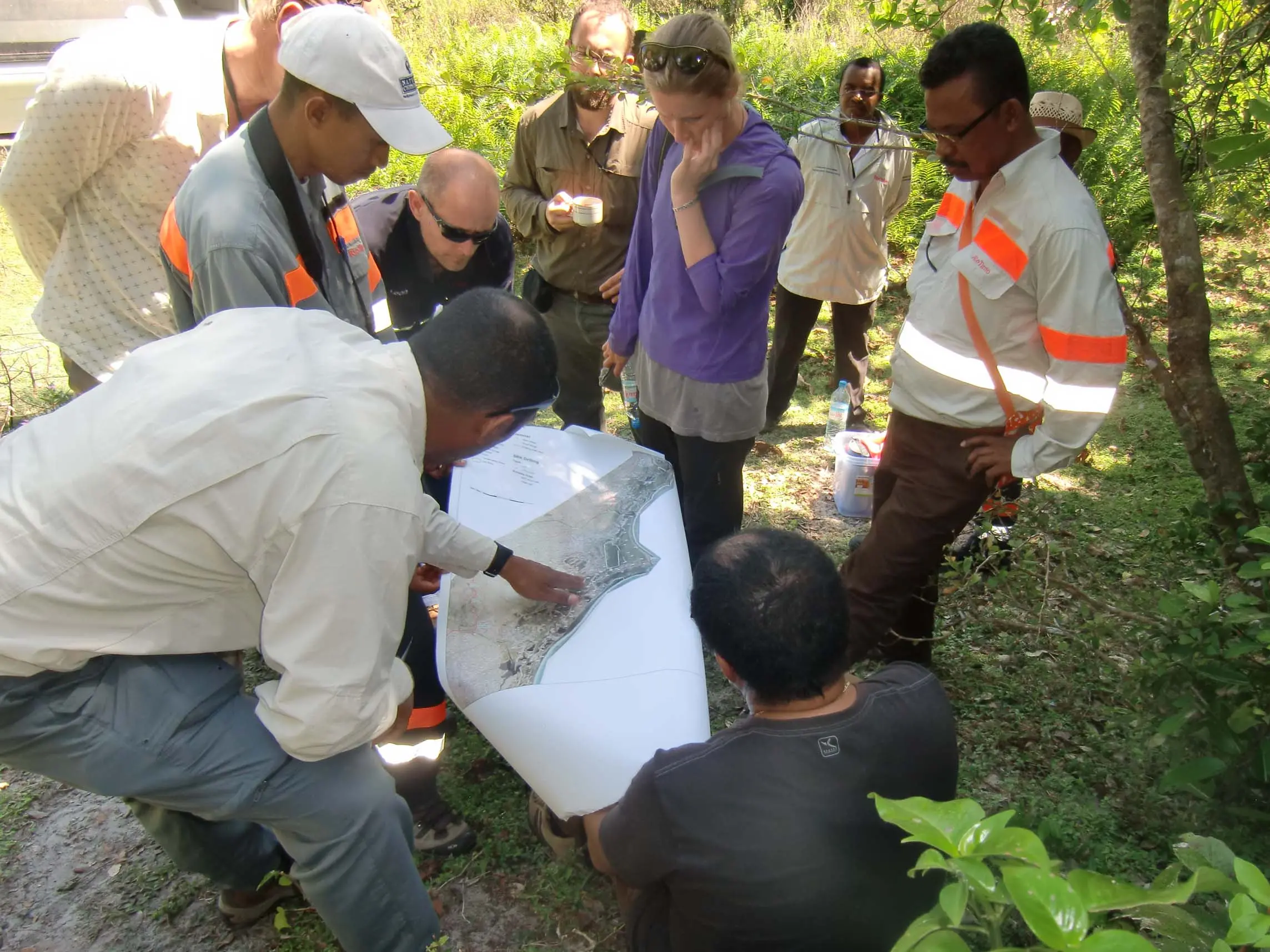Explore Panna in Comfort: Curated Luxury Jungle Escapes
Overview: Explore the wild beauty of Panna National Park while staying in some of Central India’s most enchanting
The International Union for Conservation of Nature (IUCN) is a crucial organization in the global effort to understand and conserve biodiversity. As a partnership of over 1,400 organizations (both governmental and non-governmental) with the support of around 15,000 experts, the IUCN assesses the conservation status of species, provides guidelines for species protection, and advises on environmental policies. Let’s explore the IUCN’s roles, the Red List, and its impact in more detail:

The IUCN’s mission is to conserve nature and promote sustainable use of natural resources. By assessing ecosystems and species, the IUCN provides comprehensive data on biodiversity health, environmental threats, and required conservation actions. It also promotes sustainable development, helping countries and organizations manage natural resources to meet present and future needs.
One of the IUCN’s most impactful tools is the IUCN Red List of Threatened Species, established in 1964. It is widely recognized as the most reliable source for the conservation status of species worldwide. The Red List’s classifications inform conservation strategies, help governments set priorities, and influence policies to protect biodiversity.
– Population size and trends (whether numbers are increasing or decreasing)
– Range and geographic distribution (how widespread the species is)
– Habitat quality and availability (whether the species’ habitat is sufficient and in good condition)
– Threats (such as habitat loss, pollution, climate change, and poaching)
Experts evaluate this information using rigorous criteria to determine the risk of extinction for each species, placing them into one of nine categories.
The categories range from Least Concern (for species that are abundant and well-distributed) to Extinct (for species with no remaining individuals). Here’s a closer look:
These categories help prioritize conservation work, as species in higher-risk categories (like Endangered or Critically Endangered) often require immediate action to prevent extinction.

The IUCN Red List is not just a status indicator; it’s also a tool for driving conservation action. By cataloging species’ conservation needs, it influences governments, NGOs, and communities in creating conservation policies and strategies. For instance:
– Biodiversity hotspots are identified based on Red List data, which helps in designating protected areas.
– Funding and support for species recovery programs are often directed based on the urgency of the species’ status on the Red List.
– Policy changes are often influenced by Red List findings, encouraging sustainable practices, anti-poaching laws, and habitat protection measures.
India, a megadiverse country with over 91,000 species of animals and 45,000 plant species, joined the IUCN in 1969 and established an IUCN country office in New Delhi in 2007. IUCN India collaborates with the Indian government, local organizations, and communities to protect habitats, ecosystems, and species. Some of their focuses include:
– Protecting habitats and ecosystems, including key biodiversity areas.
– Addressing climate change, poverty, and food security challenges.
– Promoting conservation policies and legislation to support biodiversity and ecosystem management.
As of the latest assessments, the Red List shows that over 42,100 species are threatened with extinction, a significant portion of all species that have been evaluated:
– 41% of amphibians
– 27% of mammals
– 13% of birds
– 36% of reef corals
These statistics highlight the urgent need for global conservation efforts. The IUCN continues to work toward its goal of assessing 160,000 species to gain a clearer understanding of global biodiversity status and threats.
– Encouraging conservation action by providing science-backed data.
– Shaping policies and international agreements, such as the Convention on Biological Diversity and the CITES treaty (Convention on International Trade in Endangered Species).
Through this comprehensive system, the IUCN Red List not only reflects the health of biodiversity but also serves as a call to action, urging countries, communities, and individuals to work together in safeguarding the planet’s natural heritage.
Have questions or ready to plan your adventure? Contact us today and our team will help you craft the perfect wildlife experience.